
Most summer residents prefer to grow their own seedlings of vegetable and ornamental crops. This approach not only saves the budget, but also eliminates the frustration of re-sorting. Have you also decided to join the ranks of such enthusiasts? You will certainly succeed! However, in return, you will have to do a little work — and first of all, provide the seedlings with additional lighting.
Why do I need to add light to the seedlings
Intensive lighting is required for plants throughout the growing season: this is necessary to normalize the process of photosynthesis, which determines the viability of any green creation. Most of the crops that we traditionally grow through seedlings develop normally with a light day equal to 11-13 hours, and the tomatoes that everyone loves need even more: up to 15-17 hours of intense lighting. In winter and spring, the length of daylight is far from these values. We can not talk about the optimal degree of illumination: this time of year is characterized by cloudy weather.
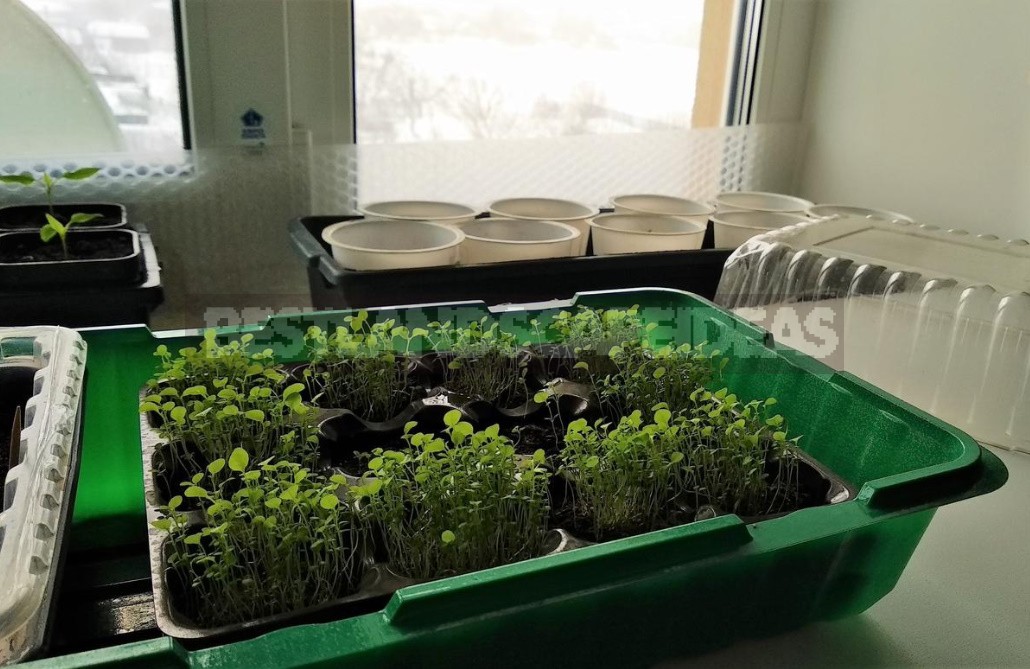
Under such conditions, plants slow down their growth processes; they become frail, emaciated, and greatly elongated. Such seedlings may die, and if they survive, they are unlikely to please with a decent return: vegetable crops will give a mediocre harvest, and decorative ones will bloom sparsely. But we want more significant feats from our green Pets! This means that you need to provide them with comfortable conditions for normal growth and development: provide additional lighting at the seedling stage.
If your window is already showing off young shoots, look at them more closely. Are their internodes too long and thin? Has the color of the leaves changed from rich to pale green? Or maybe the lower leaf plates started to turn yellow and dry out? Do plants tilt their heads toward the window glass? Affirmative answers to these questions mean that the seedlings are experiencing light hunger, and you need to help them urgently.
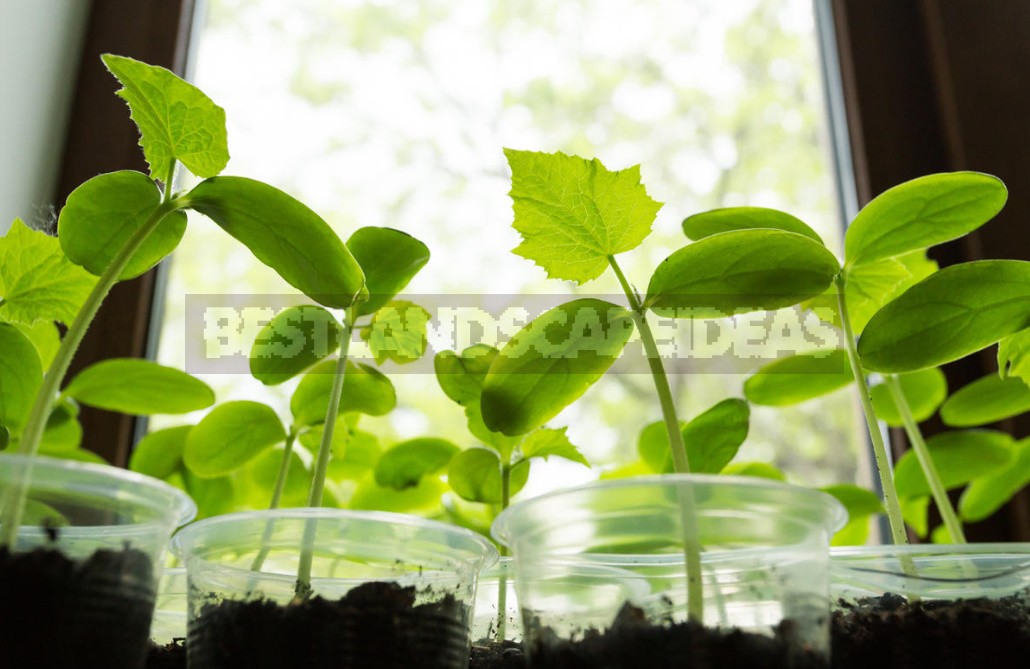
It is easy to organize the illumination of seedlings. An electric lamp installed over a windowsill or table with a seedling container and/or tricks of experienced summer residents will come to the rescue. The only thing left is to choose the best way to add light to the seedlings.
1. Bulb
Beginners are often tempted by the cheapness of classic incandescent lamps. Don’t rush! Savings in this case are deceptive: such a light device eats electricity with a great appetite. In addition, it quickly burns out (working time is up to 1 thousand hours) and releases too much heat, which can make the seedlings “fat”.
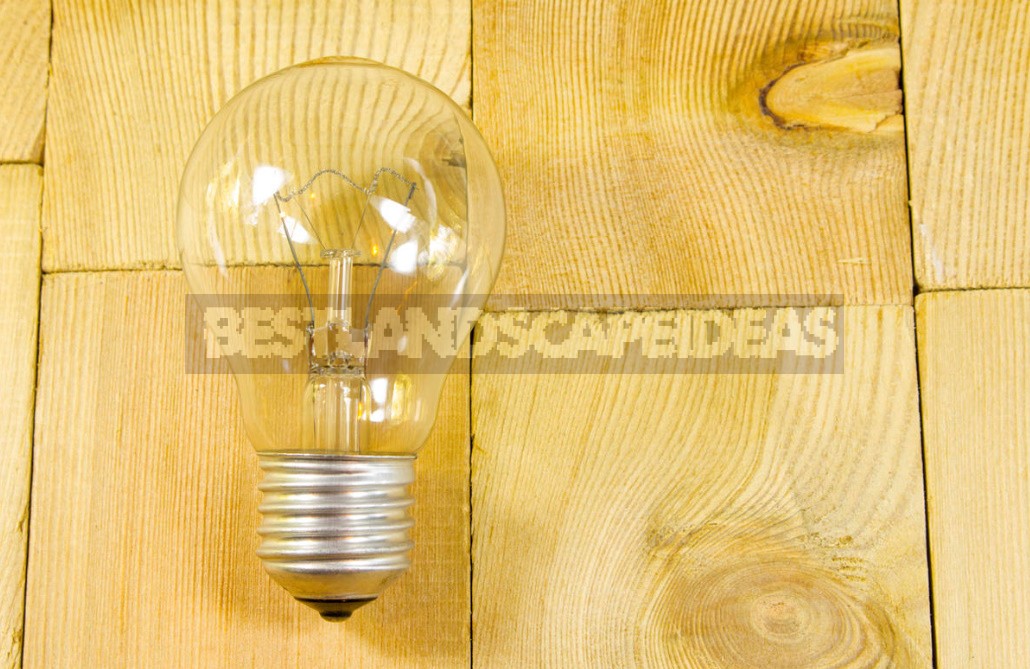
Note! The light source should not be located on the side of the seedlings, but on top of it. If you set the lamp too low, burns may appear on the leaves. How do I determine the optimal height? Bring your hand to the tops of the plants: if you do not feel the heat from the lamp, the height of its placement is selected correctly.
2. Fluorescent lamp
This light source is less voracious, will not create a hot and dry microclimate near the seedlings, will please with an attractive cost and good light output. It will last longer (up to 16 thousand hours); however, towards the end of life, it will lose power.
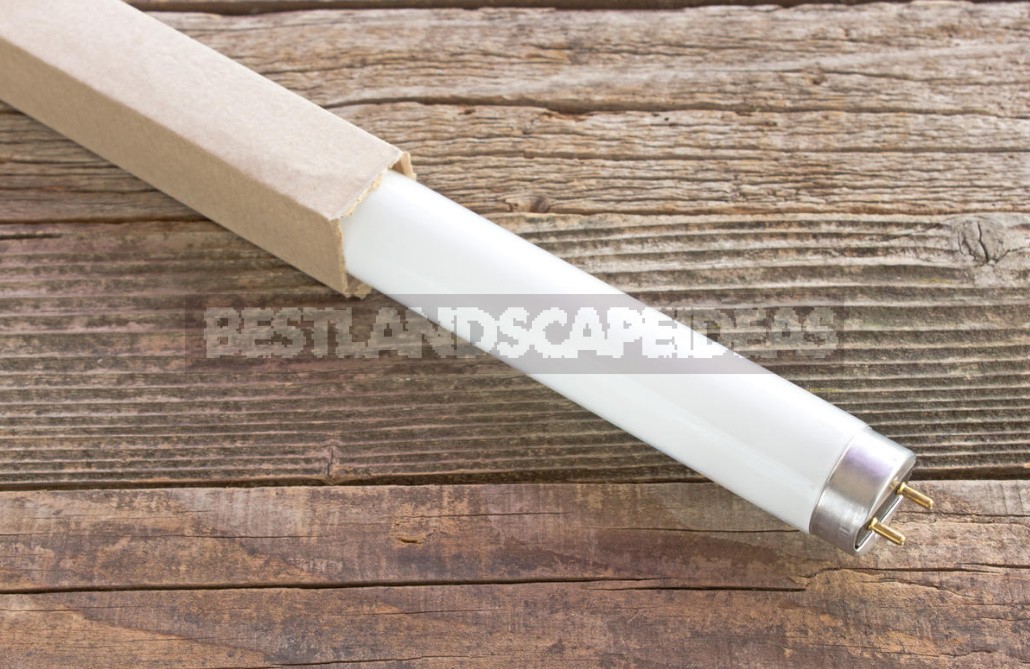
If you want to please your seedlings as much as possible, buy a fluorescent lamp with a pinkish-purple glow, which is due to the predominance of red and blue light rays in the light stream. They are very useful for seedlings: blue spurs cell division in plant tissues, and red activates growth processes and promotes the laying of flower buds.
3. Energy-saving lamp
An energy-saving lamp is a point-type version of the previous light fixture. It is suitable for adding light to a small seedling box or several seedlings growing in separate pots. She was called the housekeeper for a reason: she uses electricity modestly. This lamp is durable, but it has the same drawback – the light becomes dimmer over time.
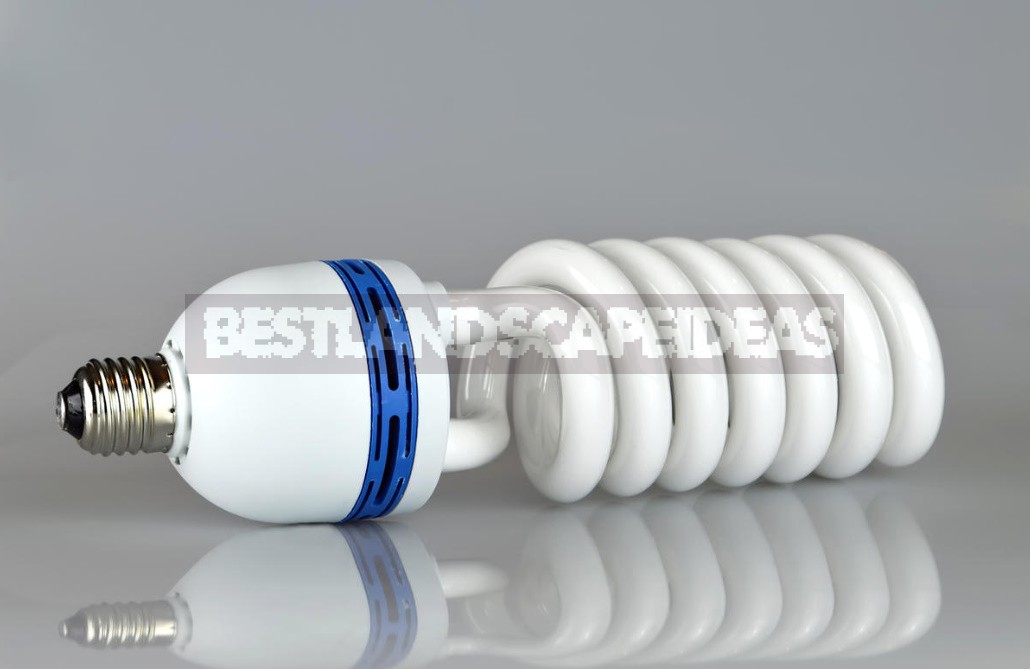
Note! If the seedlings continue to stretch even under the lamp, it means that it does not cope with its task. Over the seedlings, you need to install one or more of these lighting devices, or replace the previous lamp with a more powerful light source.
4. Metal halide lamp
Gas-discharge lighting devices, including the metal-halide variety, are used in crop production. This expensive lamp creates a powerful luminous flux, but generates a lot of heat, is short-lived and unsafe (it can explode if it comes in contact with moisture). This is not the best option for home use, this light source is more suitable for greenhouses and greenhouses.
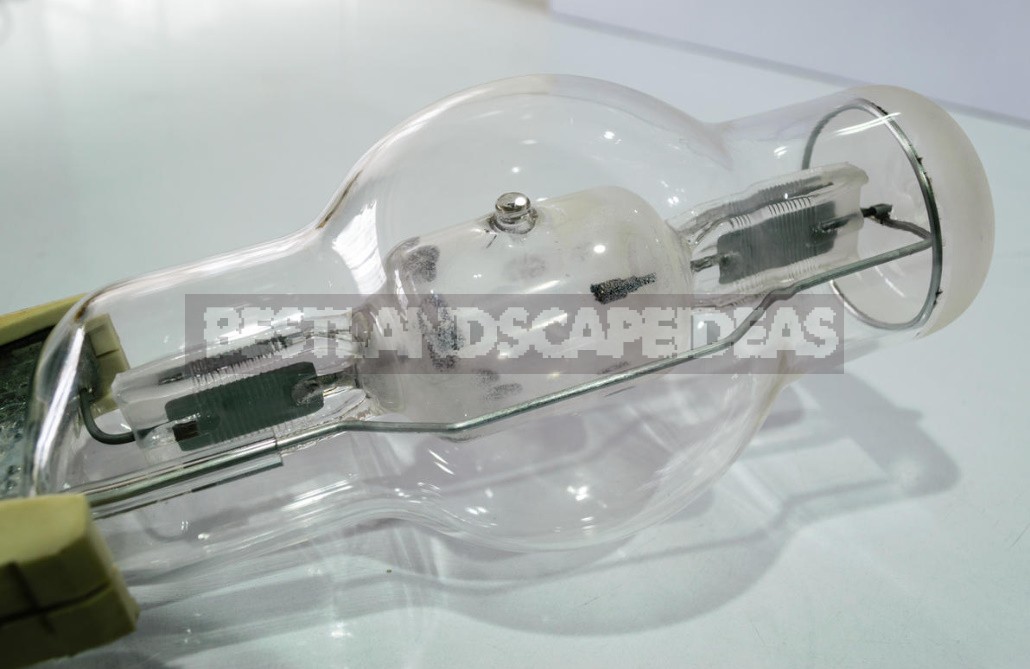
5. Mercury lamp
The same applies to the mercury lamp. Its power is at an altitude of, but also high and the amount of ultraviolet light it emits. Handle it carefully: there is a dangerous substance inside the flask. In addition, the seedlings will not like the orange-red glow of a mercury lamp. It will be useful later, at the stage of flowering and fruiting.
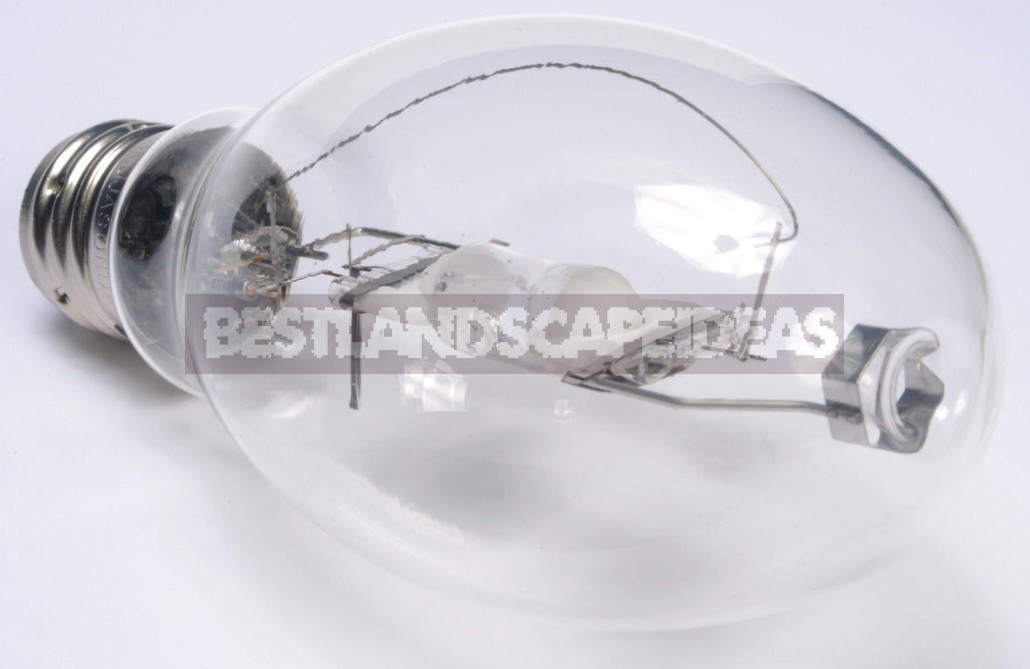
6. Sodium lamp
Sodium gas discharge lamp has a more attractive price, decent light output, economy and relative durability (up to 24 thousand hours). But this device is sensitive to power surges and is not safe. This source of orange-red light flux is often used in industrial closed ground to increase the strength of flowering and yield of adult plants.
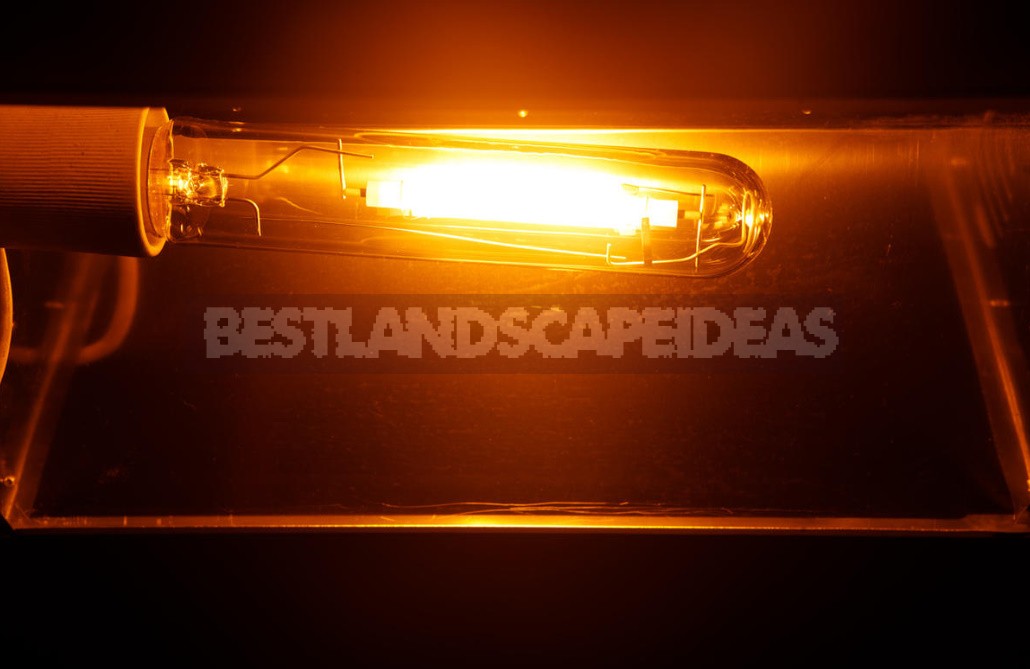
7. Induction lamp
This light device is an ideal option for additional illumination of seedlings. It will please with enviable durability (up to 80 thousand hours), excellent light output and resistance to voltage fluctuations, will not spin the meter and emit a lot of heat. The luminous flux of this lamp does not dim over time and provides seedlings with the necessary amount of red and blue rays. The only drawback is the rather high price.
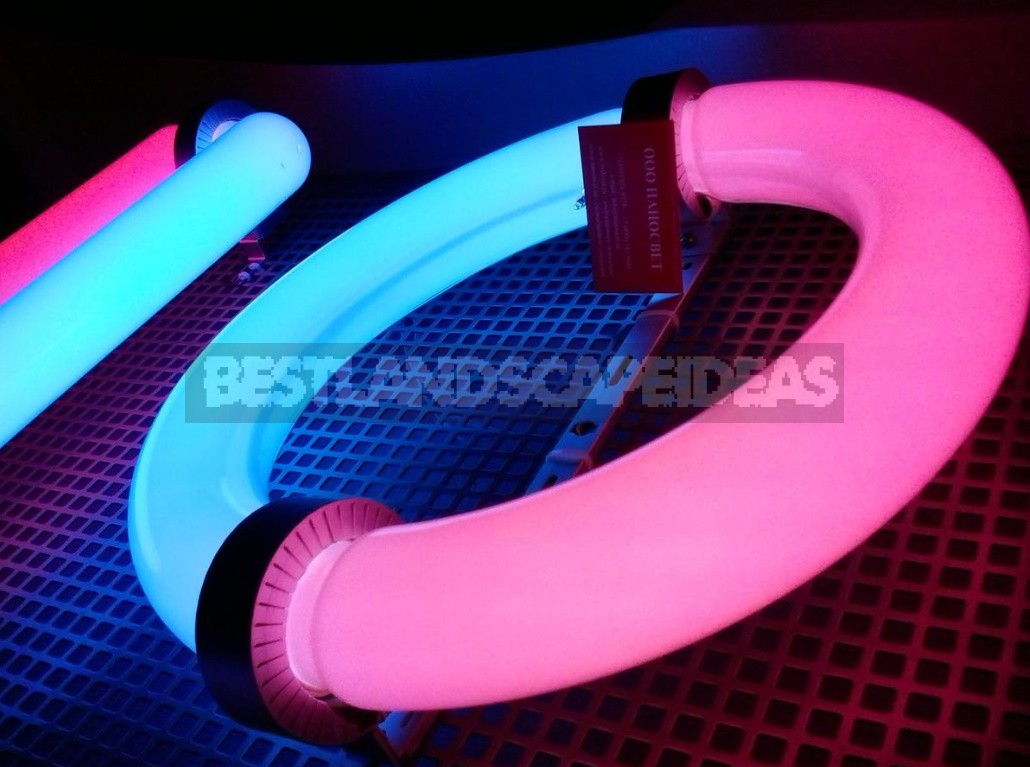
Note! Seedlings of some crops in the first 2-3 days after germination are illuminated around the clock. In the future, including the lamp in the morning and evening, bring the light day to the optimal length. In the daytime, when the weather is Sunny, you can do without lighting-in cloudy weather, it is mandatory. How do I know if I need daytime lighting? Turn on the lamp: if the illumination of the room has increased, additional illumination of the seedlings is necessary, and if the light has not been added, you can still do without it.
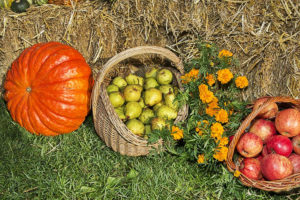
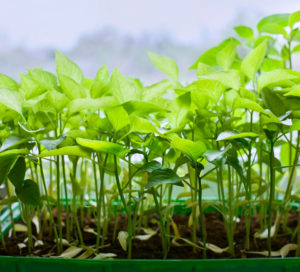
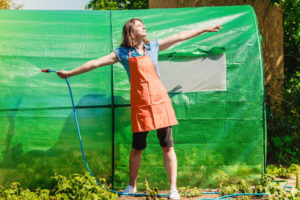
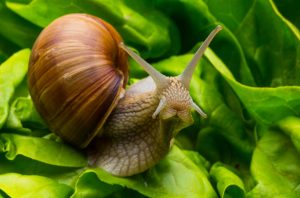
Leave a Reply